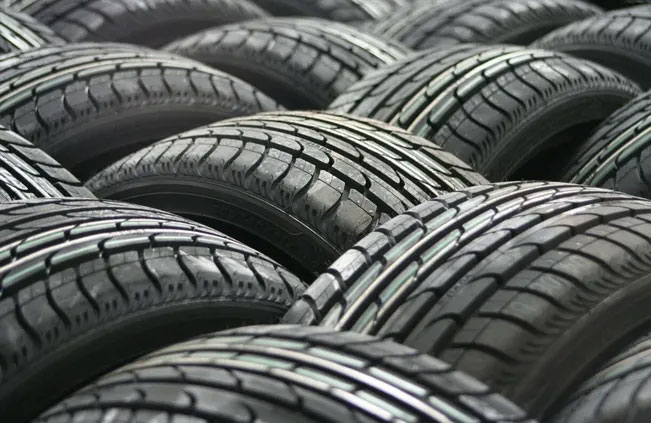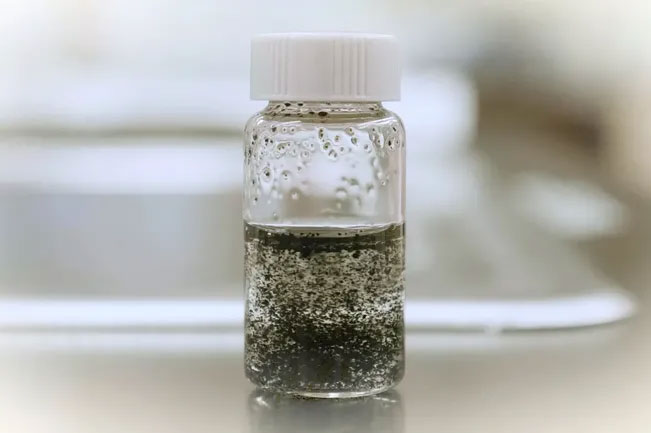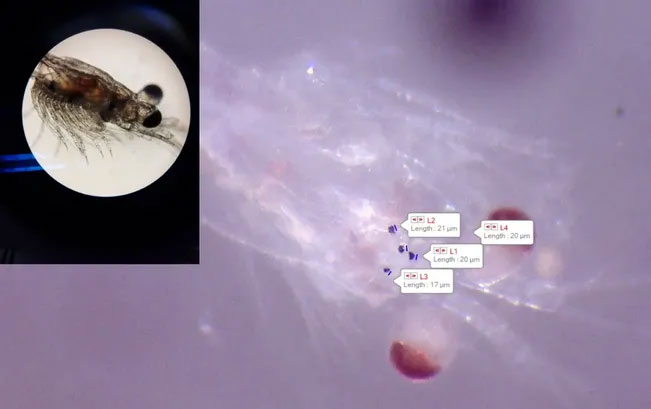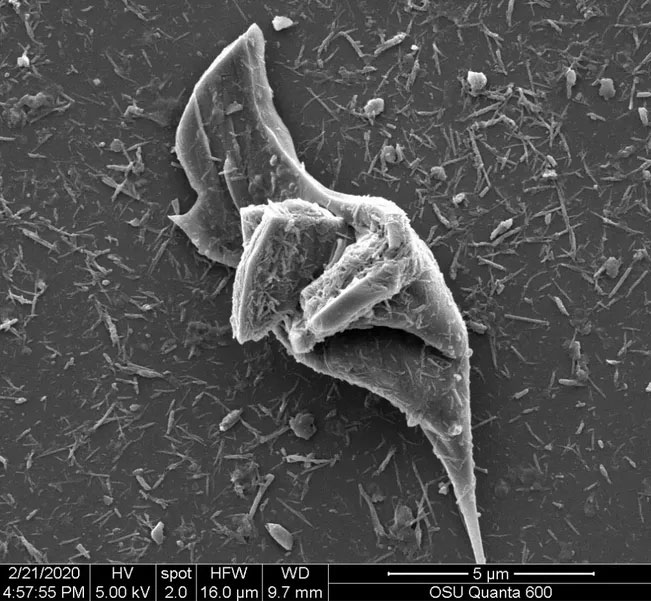Another Dangerous Effect of Plastic Pollution on Ecosystems and the Health of Various Organisms.
Scientists have recently discovered additional impacts of plastic pollution on the environment and living organisms, including the harmful effects of plastic particles on human cells and even their penetration into the blood-brain barrier in mice.
In another study, researchers found that microplastics from worn tires present in water environments have adverse effects on many marine species. This not only leads to abnormal growth but can also be fatal.

Microplastics from worn tires have adverse effects on many marine species.
Previous research indicates that approximately 1.5 million tons of tire particles enter the environment each year in the United States. This is a result of daily wear and tear, causing tires to lose about 30% of their mass over their lifespan.
This makes tire-derived plastic particles one of the most common forms of microplastics in aquatic environments. These particles consist of synthetic rubber, fillers, oils, and additives, as well as leaching chemicals known as leachate.
Study author Susanne Brander stated: “I see people measuring the levels of tire-derived microplastics, but very few measure their impacts. That’s really a gap, and we are trying to fill it.”

Microplastics from old tires collected from water bodies.
To address this issue, Brander and her colleagues at Oregon State University conducted a series of experiments exploring the effects of microplastics from tires smaller than 5 mm and nano-sized plastic particles on living marine organisms in both freshwater and estuarine ecosystems.
Species within estuarine ecosystems, such as the Inland Silverside fish and shrimp-like crustaceans, were exposed to low concentrations of plastic in their environment. The microplastics significantly altered their swimming behavior, making it difficult for them to forage for food and evade predators.

Microplastics found in the stomachs of shrimp-like crustaceans.
Both species exhibited reduced growth rates when exposed to microplastics, while the Inland Silverside fish also showed similar effects in response to the nano-sized particles. Clearly, wastewater is affecting their behavior but not their growth.
In freshwater experiments, scientists tested zebra fish embryos and a crustacean species known as Daphnia magna. Both recorded mortality rates and developmental abnormalities when exposed to tire-derived plastic particles and leachate.
The latest research is quite similar to a previous study from 2020, which demonstrated that microplastics can cause significant swelling and alter reproductive capabilities in fish.

Microscopic image showing large tire-derived microplastics surrounded by nano-sized particles.
Of course, scientists have proposed various solutions to prevent microplastics from tires entering the environment. These include installing systems to collect microplastics on roads and vehicles, as well as developing more durable tires that shed fewer microplastic particles.
Research author Stacey Harper noted: “The focus on microplastics and now nano-plastics is still relatively new. We are currently at a point where policy decisions are being made without scientific basis. That’s why we need more scientific research.”
The study has been published in the journal Chemosphere and the journal Hazardous Materials recently.


















































